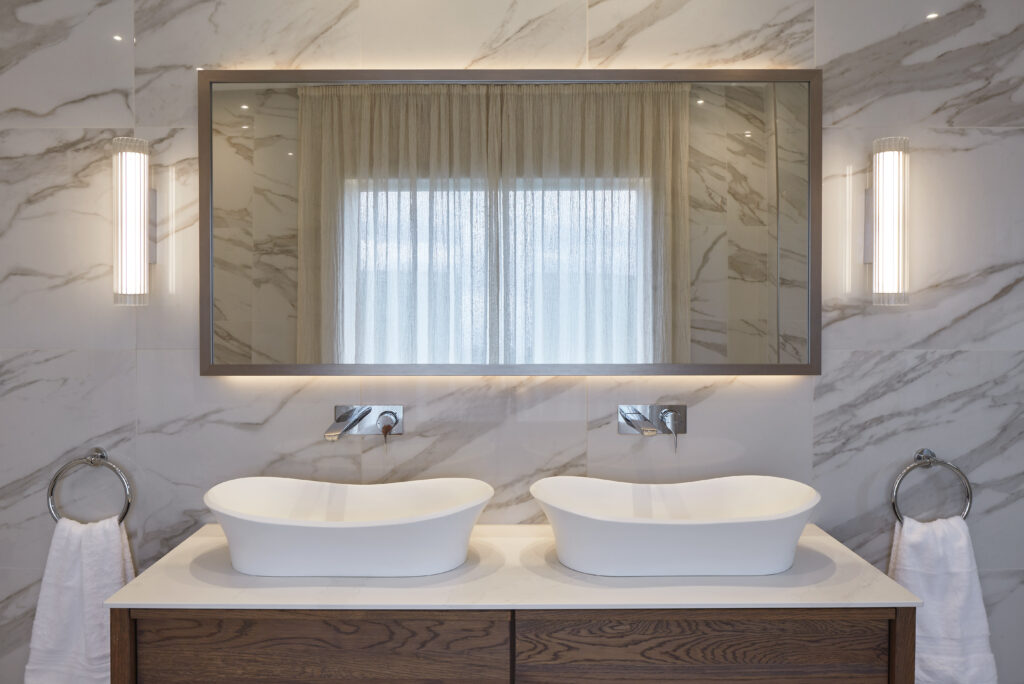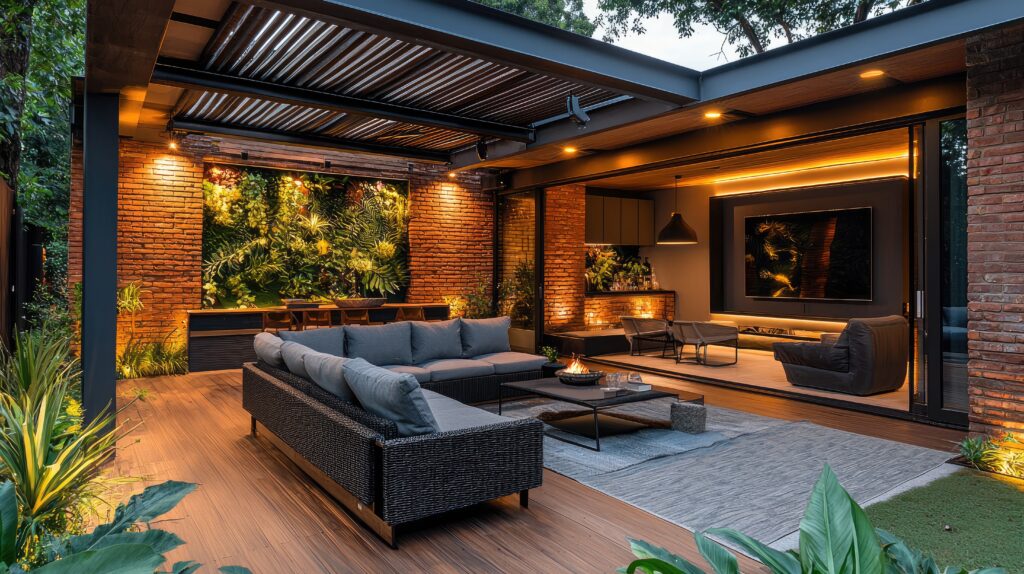The difference between LiFeP04, Ni-Cd and Li-ion
There are a number of specific terms within the emergency exit product range, which are important to understand. This is principally to ensure that the correct product is specified, quoted and installed into the application – getting the best product for the job.
The second article in this series will focus on battery types. There are three battery technologies in the Salvus product range, including some different options in the same product family. This article will give and overview and show the differences between the three types: LiFeP04, Ni-Cd and Li-ion.
LiFeP04
Lithium iron phosphate batteries (LiFeP04) are becoming increasingly popular in the market and movement to this battery type is accelerating. There are good reasons for this because LiFeP04 batteries have some distinct advantages.
Firstly, there is a long life span. LiFeP04 batteries can last up to ten times longer than traditional battery types; which can mean that there is a reduced need for battery charges coupled with a longer shelf life. The battery recharge rate is quicker than traditional types too because of the chemical composition of the battery resulting in lower resistance values.
This construction means that there are both lighter batteries and increased capacity (sometimes twice the capacity of traditional technologies), achieved through more efficient design. The efficiency extends into performance; charge and discharge can reach over 90%, which means that very little energy is wasted.
Finally, LiFeP04 has a lower environmental impact than other battery types. The very construction, cathode and anode, are made from more abundant materials, which are more readily available with standard mining techniques. Combine this with a longer lifetime and there is an overall net positive.
Ni-Cd
Nickel–cadmium batteries (Ni-Cd) are a more established battery type within some of the lighting product ranges we work with, so awareness is generally higher than on other battery types.
Ni-Cd batteries are relatively inexpensive, when compared to other types, which is a result of this wider awareness and historic popularity. Another benefit of the technology is that it is relatively easier to put into small form factors, so smaller products where space is an issue can be optimal places for Ni-Cd batteries.
Finally, in situations where there is overcharging or over discharging – there will be no immediate permanent damage.
Li-ion
Lithium Ion (Li-ion) batteries are specifically used in our Escape Route Light for a couple of reasons. First is that it’s a small and light battery. When looking at the footprint of the escape route body enclosure, and associated small cut out size, the engineering challenging is finding something that will fit and perform strongly over time. As-well-as being small and light, Li-Ion batteries have impressive energy densities, sometimes double that of Ni-Cd.
This battery type is also low maintenance and has a low self-discharge rate (around 1-2% per month in some cases).
All of these factors make it a good choice for its application.



